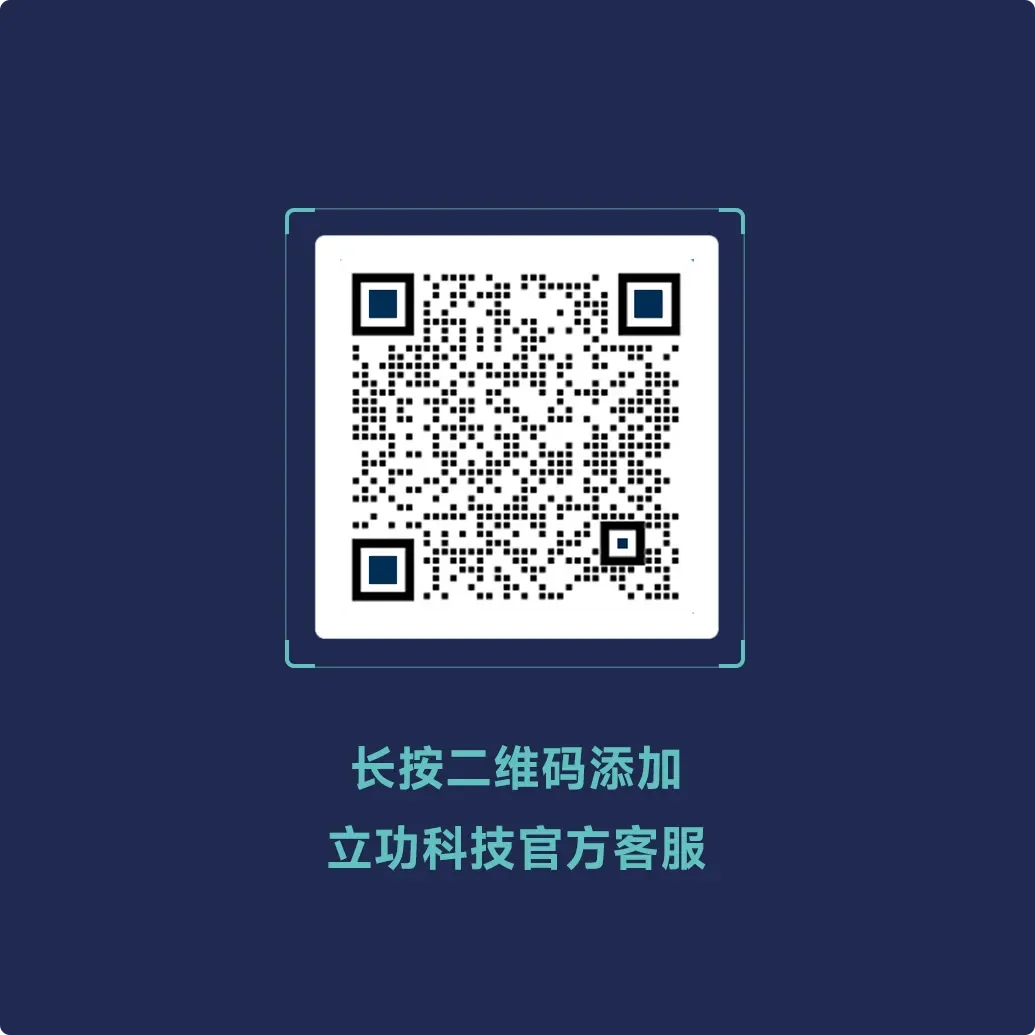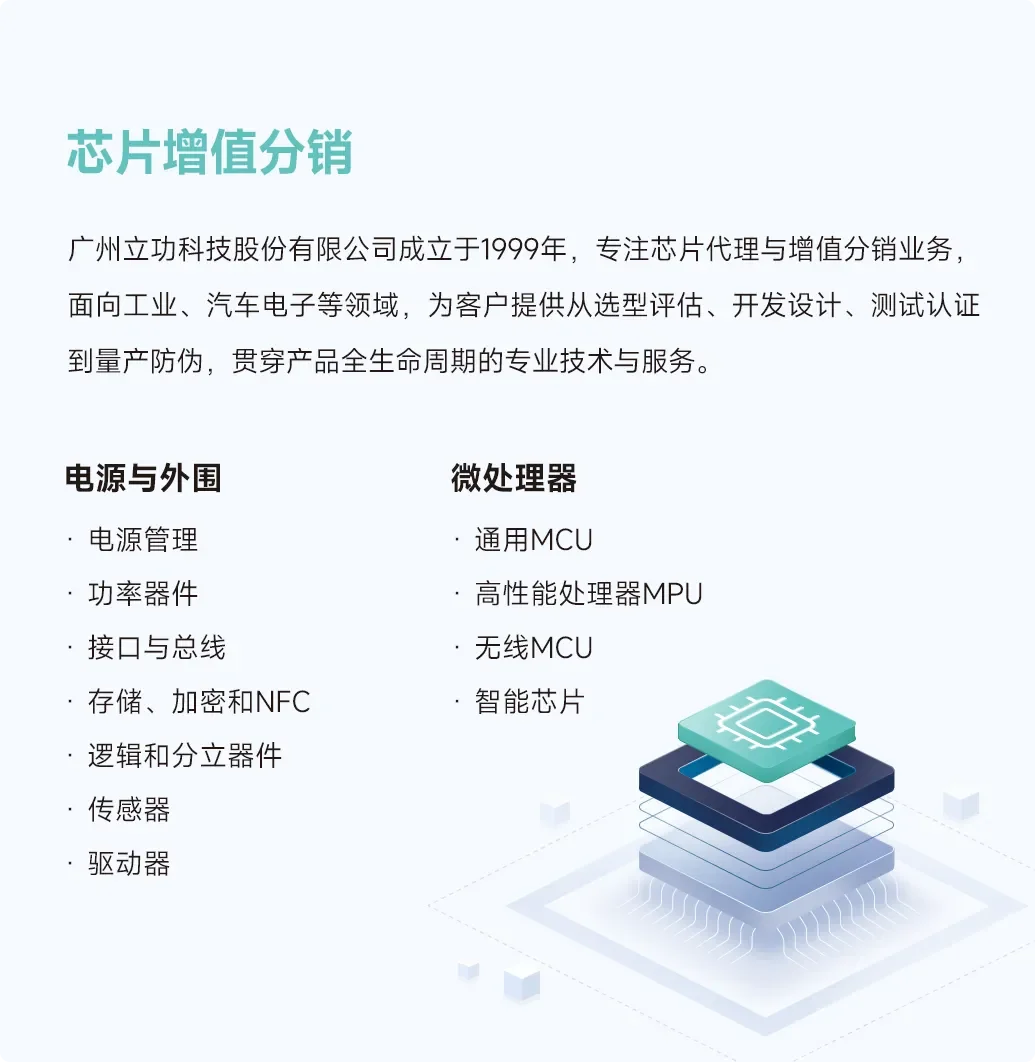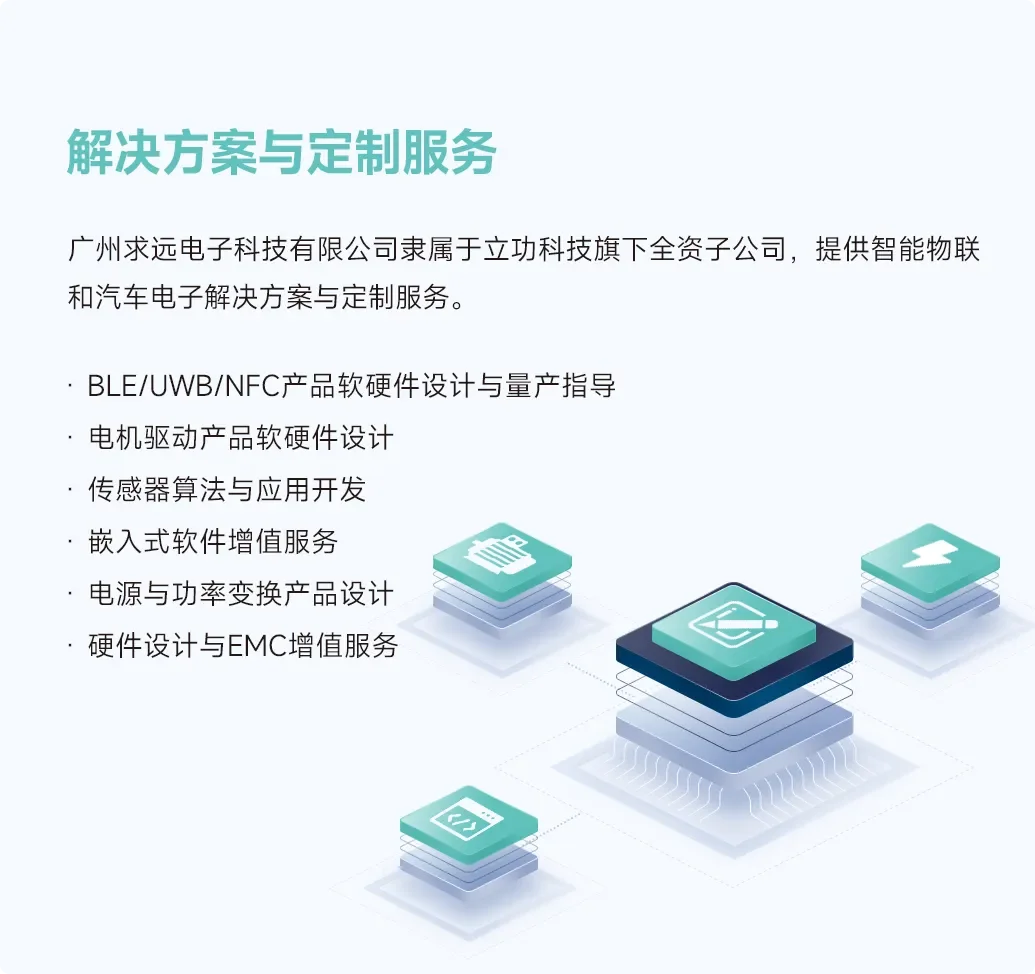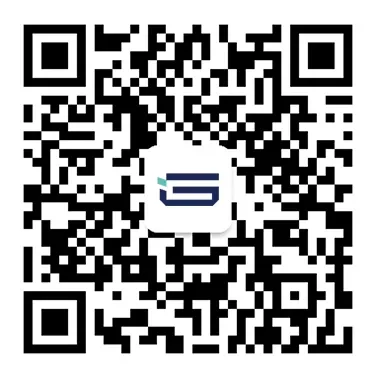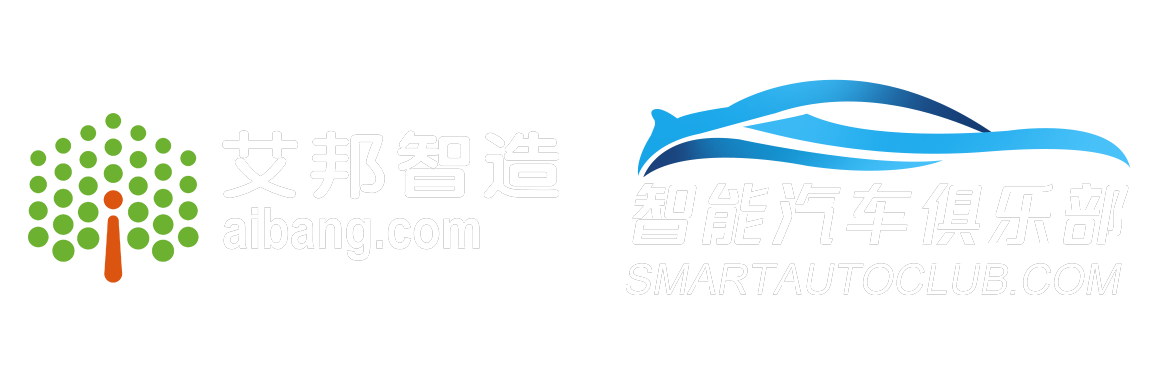随着智能汽车的快速发展,车灯产业正在经历从功能车灯向智能车灯转型发展,ISD智能交互车灯凭借成熟的产业链以及不断升级的技术方案,正逐步成为市场主流。本文为大家介绍立功科技ISD智能交互车灯技术方案。
车灯作为汽车上的重要组件,也是车、路、人交互的一个重要载体,车灯在尾灯、前格栅灯等各领域均存在较大的技术升级空间,智能交互车灯技术也正成为各大车厂车灯发展方向。
智能交互车灯一般搭载了数量多达上千颗,甚至上万颗的LED光源组成的多块LED矩阵。根据不同的行车场景,智能交互车灯可以呈现不同的图案,例如:
立功科技的ISD智能交互车灯技术方案,基于现有成熟方案技术积累和丰富的客户定制应用案例,适用于不同的智能交互车灯应用场景,能满足各车厂不同的产品需求。
ISD智能交互车灯技术方案介绍
立功科技ISD智能交互车灯技术方案基于NXP低功耗高性能S32K3系列处理器,使用Lumissil超低功耗LED矩阵芯片 IS31FL3761驱动LED,单板驱动LED达1152颗,多节点板设计支持LED颗数至14976颗及更高的LED颗粒数,具体方案框架如图1所示;
 图1 立功科技ISD智能交互车灯技术方案框架
图1 立功科技ISD智能交互车灯技术方案框架
主节点控制器S32K314具有1路车载以太网接口,6路CAN FD接口,6路SPI接口,最大IO可达218个;NXP车载以太网PHY芯片TJA1103符合IEEE802.3bw的100BASE-T1,可满足100Mbps通讯速率,从车身网关获取灯效数据等;主节点通过多路CAN FD转发灯效数据给从节点,具备拓展属性;Lumissil LED矩阵芯片 IS31FL3761支持SPI或者I2C总线接口,IS31FL3761支持控制矩阵33xn(n=1~12),单颗芯片最大可驱动396颗LED,支持模拟和PWM调光方法,每个LED均可单独调整。
除了从节点板控制器芯片更改为S32K310,主节点与从节点其他硬件设计保持一致,LED按照矩阵(16*72)排列在PCB上,控制电路均分布在LED显示面板背面,主节点与从节点均可按照积木方式进行拼接,满足个性化灯效设计需求。



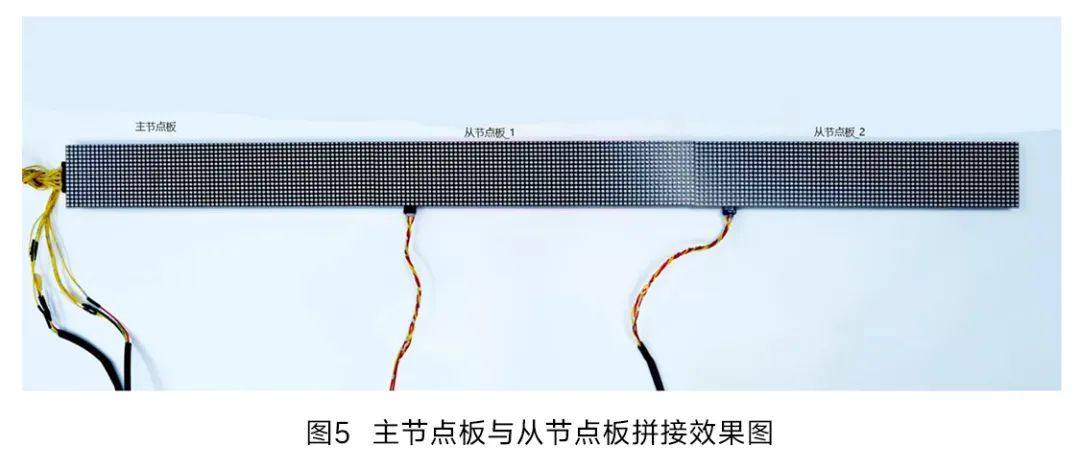
| ISD交互车灯特性 |
| 特性 |
说明 |
备注 |
| 接口 |
1路车载以太网,6路CAN FD接口 |
支持CAN FD及车载以太网通讯 |
| 使用范围 |
汽车交互尾灯、交互前灯、格栅灯等 |
适用不同的交互车灯应用场景 |
| 刷新率 |
30Hz~120Hz |
支持车厂不同的刷新率需求 |
| LED颗数 |
以拼积木形式,可支持到14976颗及更高的LED颗粒 |
6路CAN FD,CAN FD接2个从板 |
| 灯珠颜色 |
红色,白色,RGB |
适配不同颜色LED驱动需求 |
| FOTA功能 |
支持远程升级本地存储的灯效 |
FOTA升级 |
| 动画实时显示 |
支持转码后的动画视频实时显示 |
通过车载以太网或者CAN FD下发数据 |
立功科技ISD智能交互车灯技术方案包含动画数据转码上位机,支持客户自定义动画视频,上位机将动画视频转码为满足灯板分辨率的动画数据,最后通过以太网或者CANFD传输动画数据实时显示动画视频。
 图6 ISD智能交互车灯上位机
图6 ISD智能交互车灯上位机
立功科技ISD智能交互车灯技术方案还包含车载以太网ETH协议栈开发,包含UDP-NM(AutoSar NM),DoIP(UDS及Boot升级),SOME/IP(Scalable service-Oriented MiddlewarE over IP),以及SD(Service Discovery)等。
ISD智能交互车灯方案演示视频
原文始发于微信公众号(立功科技):汽车电子丨ISD智能交互车灯技术方案
With the continuous enrichment of smart cockpit scenarios, passengers spend more and more time in the cockpit, putting forward higher and higher requirements for riding experience and comfort experience. When the journey is no longer a short period of time, how to optimize and improve seat comfort? Sex has become an important issue at the moment, and smart car seats have emerged.
As a device that directly contacts the driver and passengers, seats play an important role in user experience and are also one of the factors that distinguish the level of automobile manufacturers. Today's high-end seats incorporate a wide range of applications for seat adjustment or seat movement, seat comfort (dynamic cushions, lumbar support, massage, heating, cooling and/or ventilation, seating assistance and personalized adjustment memory function), seat safety function, seat occupant perception (multiple built-in sensors can provide feedback information to the system).
Due to the additional functions, modern seat modules have become as complex as body control modules and face similar challenges in terms of power supply, communication, sensing, activation and control, and quiescent current. In order to minimize the space requirements, power consumption and quiescent current of the management seat control module, functional integration becomes one of the important design factors.
Therefore, smart car seats contain numerous motor drives and control units, and fabric selection and ergonomic design also need to be considered. The technical threshold is comparable to that of robots.
In order to strengthen industry chain exchanges, jointly promote industry development, and learn about the latest product trends, Abant has established an automotive smart seat industry chain exchange group for everyone. Everyone is welcome to join the group for exchanges and discussions.

 图1 立功科技ISD智能交互车灯技术方案框架
图1 立功科技ISD智能交互车灯技术方案框架



 图6 ISD智能交互车灯上位机
图6 ISD智能交互车灯上位机